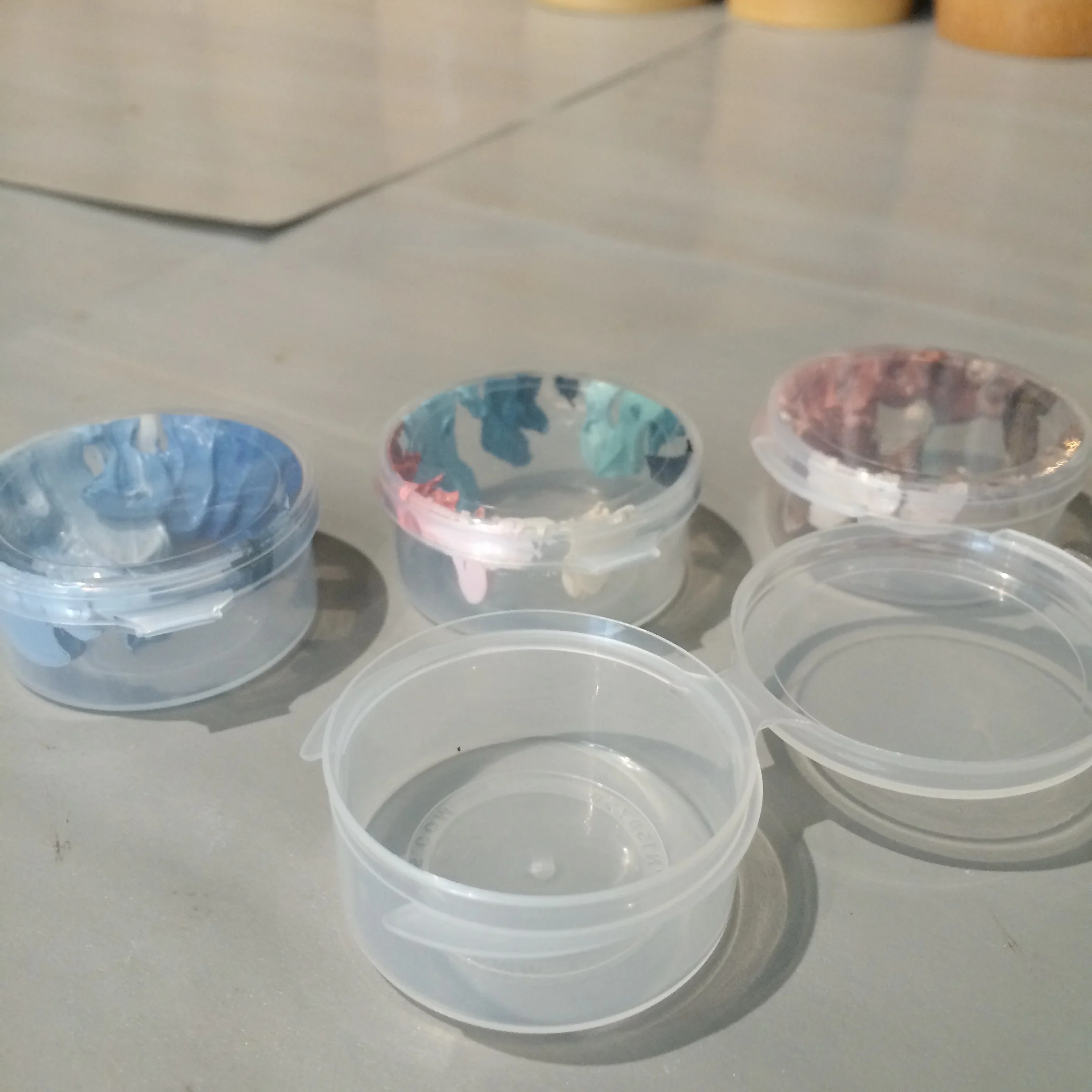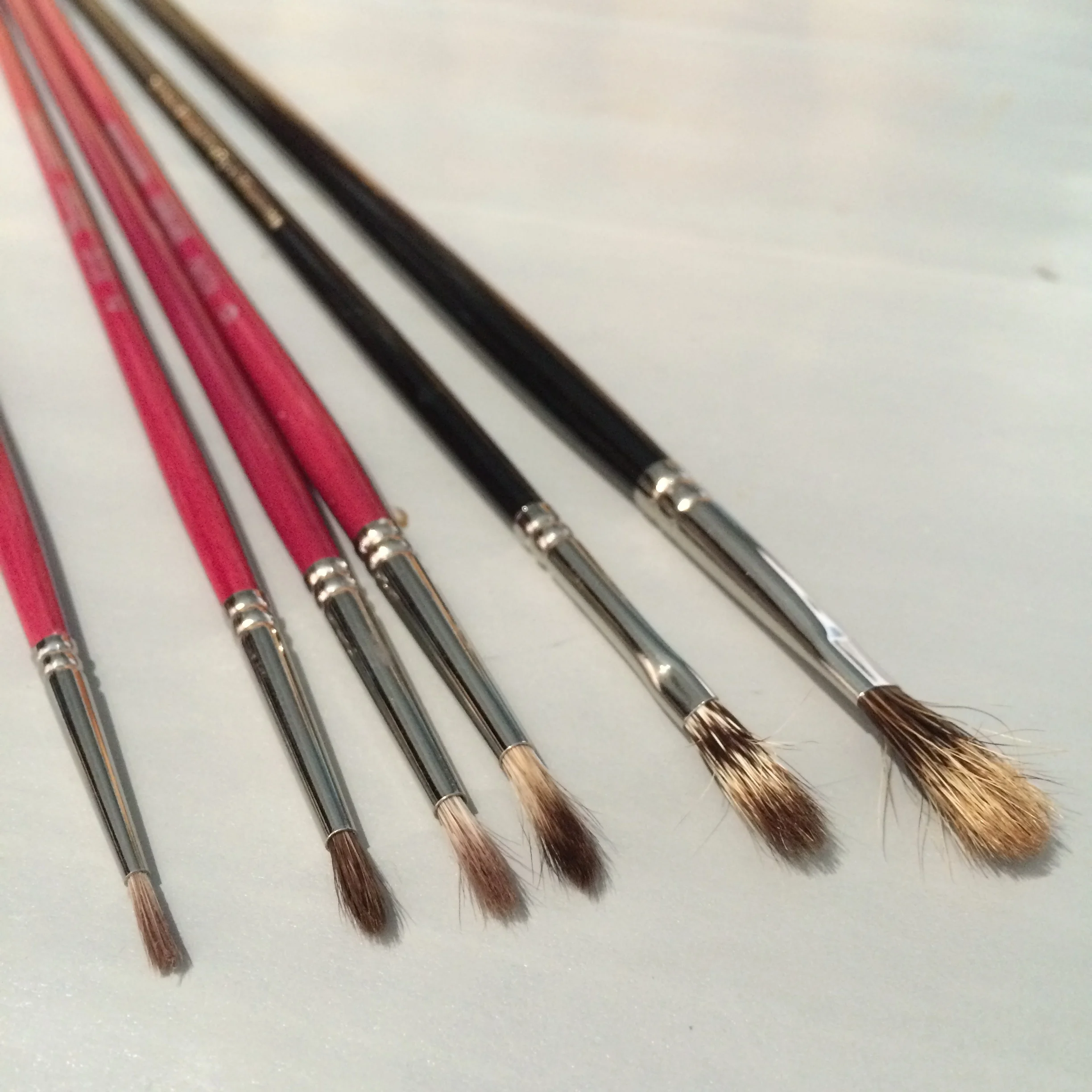What's on my Palette?
Reds can be some of the trickiest colors in an oil painter's palette due to issues of lightfastness in this hue range.
M. Graham Quinacridone Rose, Williamsburg Cadmium Red Deep, Vasari Terra Rosa, Michael Harding Cadmium Red and Cadmium Red Light
Earth colors are absolutely lightfast and whenever I need a medium chroma red I start with Terra Rosa. This particular red from Vasari tints with white beautifully to make perfect pink skin tones. Unlike red lake pigments, the terra rosa maintains lightfastness when mixed with white. If I need a touch more chroma, or saturation, I add some cadmium red. If I need a red that is a little more towards violet-red, such as the lips, I add in some cadmium red deep.
Other reds on my palette include quinacridone rose (PV19) from M. Graham as well as cadmium red light from Michael Harding. I find these two highly saturated colors invaluable for painting brightly colored flowers. All pigments listed here have excellent lightfastness properties and provide me with a full selection of reds to pick from to capture any subject in this hue range.
I do not tend to do a lot of glazing so you won't find any lake pigments on my palette. Lake pigments, like madder lake (alizarin crimson) are lightfast if used in a single pigment glaze with no added white. Vermeer's work is a great example of the proper use of an otherwise fugitive pigment cochineal scarlet lake.



